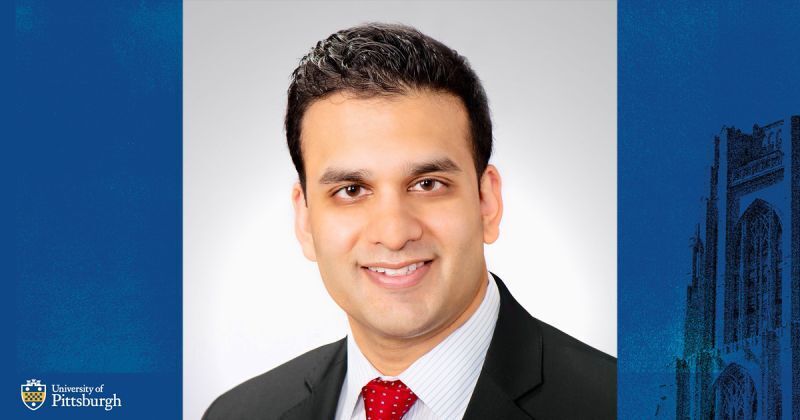Slap Battles are Dangerous for Brain Health, New Study Shows

Experts from the University of Pittsburgh School of Medicine conducted the first quantitative study on slap fighting, revealing concerning implications for participants' neurological health. Their findings, reported this week in JAMA Surgery, highlight visible signs of concussions in professional slap fighting competitions and call for discussions around necessary regulations to protect participants' long-term health. This is prepared by SSP.
"Slap fighting may be entertaining to watch as a lay viewer, but, as medical professionals, some aspects are quite concerning," commented Raj Swaroop Lavadi, lead author and postdoctoral fellow at Pitt's neurosurgery department. The analysis done by the experts is groundbreaking, showing the potential dangers and emphasizing the need for increased awareness and safety measures.
The sport, generally an underground activity, is rapidly gaining popularity with millions of online viewers. In slap fighting, competitors standing across from each other at a waist-high podium take turns delivering powerful open-handed blows to their opponent's face. The match continues with intervals for recovery until one of the fighters gets knocked out or judges decide the winner.
The medical community has long been worried about the risks of head injuries and brain trauma, but no peer-reviewed study had previously quantified these risks. In-depth video analysis of 333 slap sequences showed more than half resulted in visible concussion signs. Among these, nearly 40% exhibited poor motor coordination by the match's end, around a third had vacant looks, and a quarter struggled to get up after a knockdown. Alarmingly, almost 80% of the fighters showed signs of concussion at least once during the matches.
"Clinically, concussion can manifest in different ways, each potentially leading to short or long-term disability and socioeconomic distress," explained Nitin Agarwal, M.D., senior author and associate professor of neurosurgery at Pitt. His background in martial arts and passion for combat sports heighten his concern regarding the high frequency of concussion signs among slap fighters.

The research team aims to further assess the physical impacts of slaps by using specially designed mouthpieces similar to those in professional football. These insights, combined with video analysis data, aim to inform participants, officials, and ring-side physicians, laying the groundwork for enhanced safety regulations.
Conclusion
The University of Pittsburgh's study underscores severe neurological risks in slap fighting, emphasizing the need for improved safety measures. By combining video analysis and physical impact assessment, the study seeks to better inform relevant stakeholders and protect participants' long-term health.



















